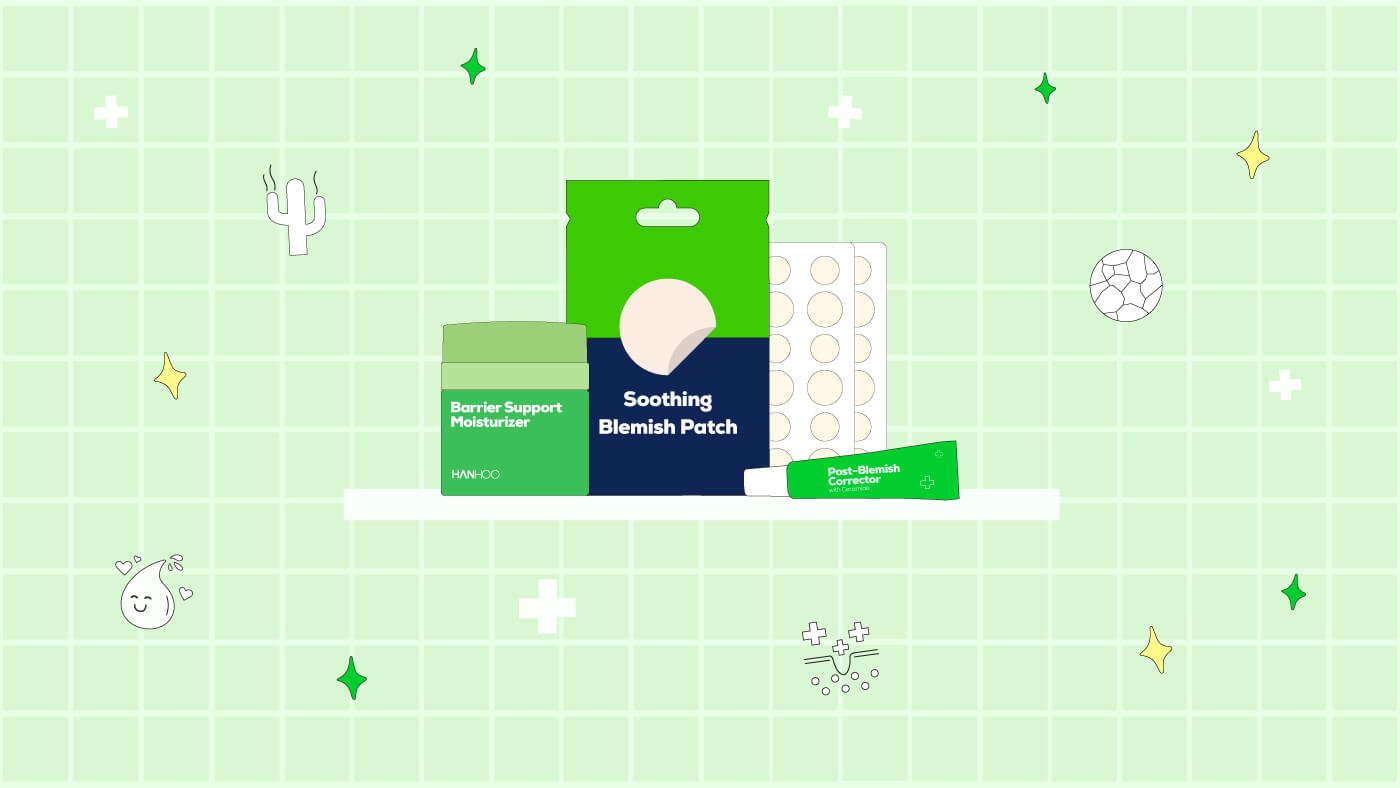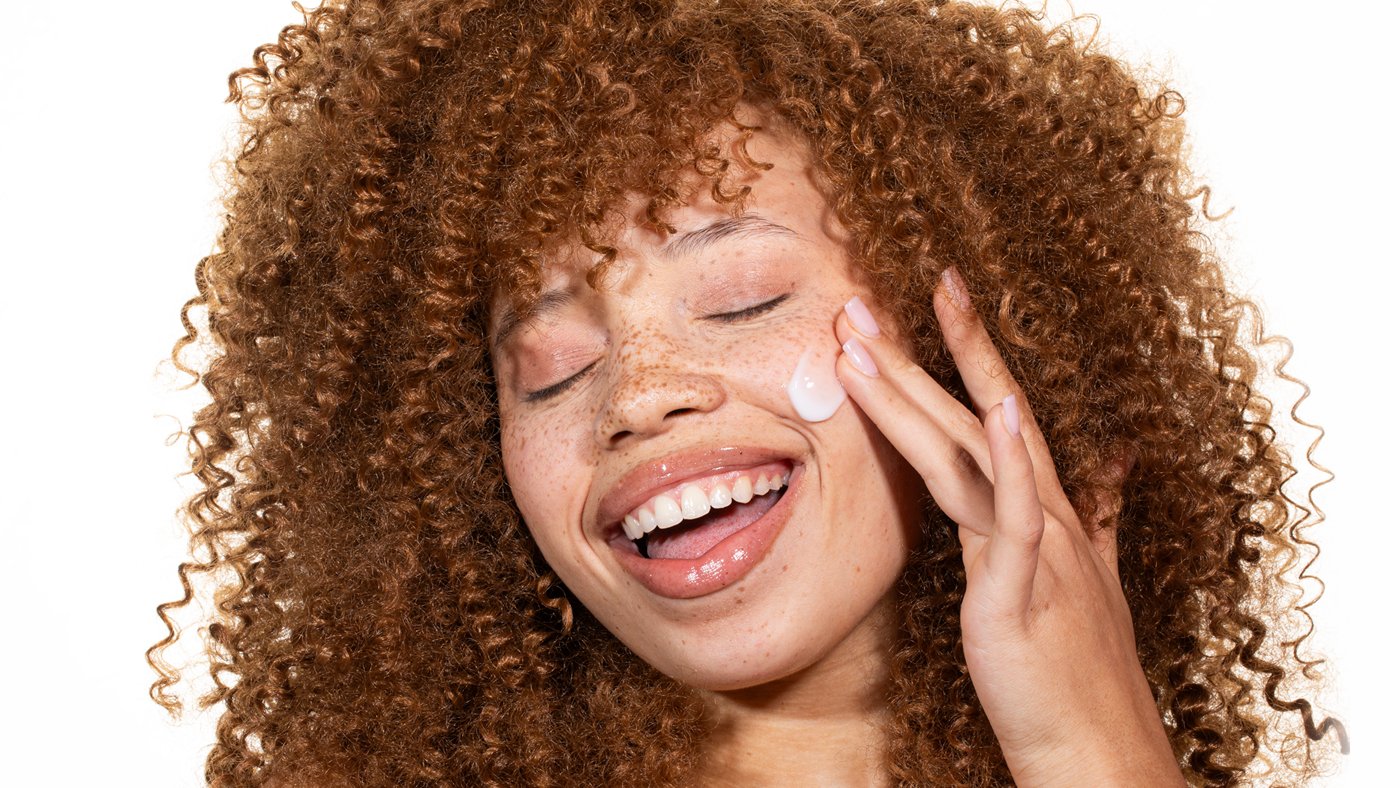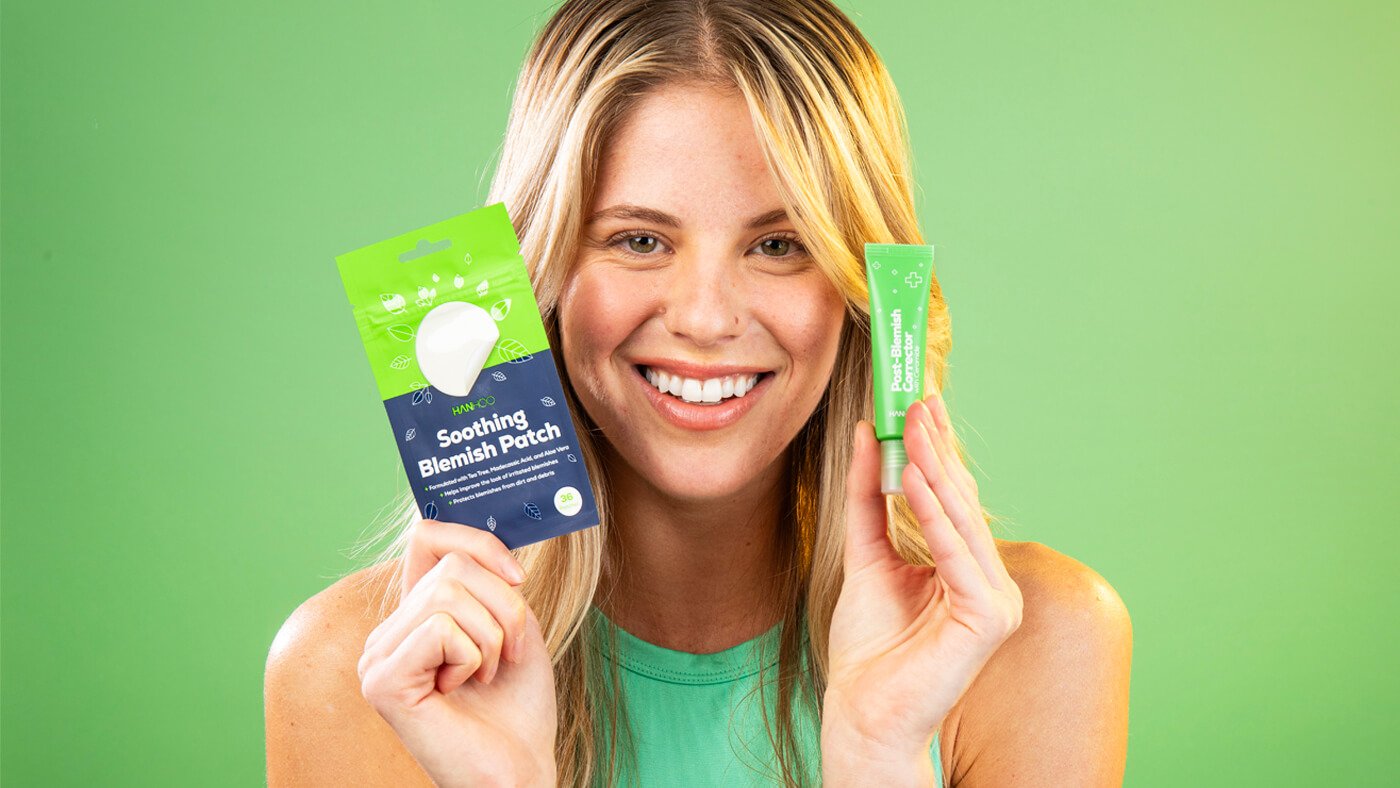Over the past few years you’ve probably heard the term “skin barrier” thrown around on social media. There’s talk about protecting the skin barrier, products that help restore the barrier, and what it looks like when it’s damaged. But, what really is the skin barrier?
The skin barrier is kind of just what it sounds like. It’s the top layer of the skin that acts as a barrier against external factors like bacteria, pollutants, and other irritants. It also helps keep the skin’s moisture levels balanced.
So, when your skin is uncharacteristically dry, flaky, feels irritated, and is experiencing some redness, these are all signs that your barrier is compromised. And, when it’s not operating at an optimal level your skin can be susceptible to some more unwanted effects, like rough texture, uneven tone, and breakouts.
What causes a damaged skin barrier?
There are factors that are both in and out of your control that can damage the skin barrier. For example, harsh weather and stress can affect the skin barrier but they are not exactly elements that you can quickly change to prevent damaging the barrier.
Then there are factors that are within your control. One such factor is exfoliating. Exfoliating the skin is typically limited to once to three times a week for good reason. With ingredients like Salicylic Acid or physical scrubs, exfoliants can cause damage if used too much. You can usually tell when you have exfoliated too much when your skin starts to feel tight and dry and look a little red and irritated.
This also goes for acne treatments with actives like Retinoids. If you use them too much your skin will let you know in the form of irritation and flaking.
But there are lots of other things that can affect the skin barrier from existing skin conditions like eczema and rosacea to how much sleep you get.
How to tell if your barrier is damaged?
As mentioned before, a damaged skin barrier is characterized by dryness, flaking, and irritation. So for the most part you can pretty much tell if your barrier is compromised just by the way it looks or feels, especially if it's not typical for your skin to look or feel that way.
Through a simple visual observation you should be looking for signs of irritation like inflammation and redness. And as for how your skin feels, there will be signs of discomfort like a tight and dry feeling due to the lack of moisture in the skin.
Tips to repair the skin barrier
Once you’ve identified a damaged skin barrier, there are luckily a couple steps you can take at home to restore your barrier.
Cut down your routine
Whenever you find that your skincare routine is the reason your barrier is damaged, it helps to take some time away from the 10+ step skincare routine for a little while as your barrier recovers.
And, in cutting down on your routine you’ll also want to make sure that you’re using gentle products. That includes a gentle cleanser and moisturizer, without any potentially irritating ingredients like denatured alcohol or fragrance.
A simple barrier-friendly routine includes a cleanser, moisturizer, and sunscreen. But, you can add a couple of products into this mix as long as they are focused on hydrating or soothing the skin, like a deeply hydrating serum or a calming cream targeting redness. You’ll want to stick to this simple routine for a few weeks or as long as it takes to restore the skin barrier.
Use hydrating products
With one of the telltale signs of a damaged barrier being dry, flaky skin, it’s evident that the skin is missing much needed moisture. So, you can add a hydrating product to your routine to help out your barrier. Especially look for hydrating products that include restorative ingredients like Ceramides that can help strengthen the skin barrier.
Our Barrier Support Moisturizer is made with a blend of multiple Ceramides to best help repair the barrier and six types of Hyaluronic Acid (of different molecular weights) to hydrate the surface and deeper layers of the skin.
But, it’s not just for a damaged barrier, the Barrier Support Moisturizer helps keep the moisture levels in the skin balanced to help prevent barrier damage in the future. It helps to apply the moisturizer after acne treatments to restore hydration to the skin.
Avoid potentially irritating products
While your skin barrier is in recovery mode, skip out on any potentially irritating products for the moment. This includes harsh exfoliants, physical scrubs, and even your Retinol. While Retinol may not be the cause of your damaged barrier you’ll want to lay off it for a while as your barrier recovers.
Lastly…
Healing the skin barrier takes a lot of patience. Your barrier can start to feel better in as little as a few weeks or as long as a couple months. But the important thing is to be consistent in your barrier repair routine. You don’t want to start adding in potentially irritating products just to end up right where you started.
However, if you find that even with following these tips that your barrier is still in a state of discomfort you may want to seek the advice of a dermatologist to help bring your barrier back to normal.





